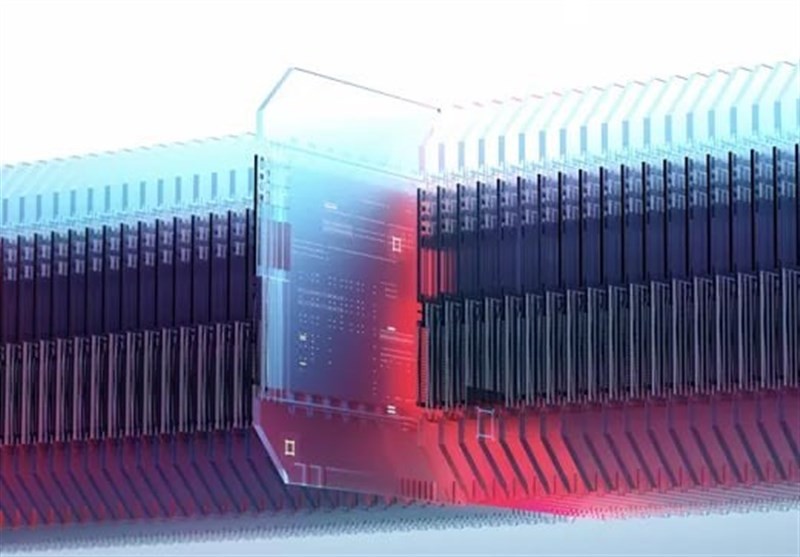
A German startup called Cerabyte is pushing the boundaries of data storage technology with an innovative ceramic-on-glass solution that can potentially preserve information for millennia while withstanding extreme conditions.
In recent demonstrations, Cerabyte subjected their storage medium - a glass chip coated with an ultra-thin ceramic layer - to harsh durability tests. The storage device survived 24 hours in boiling salt water and exposure to 250°C heat in a pizza oven while keeping its data fully intact. The boiling water test was so extreme that it actually corroded the kettle used in the experiment.
The technology works by using femtosecond lasers to etch data into nanoscale holes in a ceramic layer just 50-100 atoms thick, applied to a glass substrate. Each 9 cm² chip can store up to 1 GB of data per side, with an impressive writing speed of two million bits per laser pulse.
What makes this technology particularly promising for long-term archival storage is glass's natural resistance to aging, fire, water, radiation, and electromagnetic pulses. The company projects their storage medium could last 5,000 years or more - comparable to the longevity of ancient hieroglyphs.
Beyond durability, Cerabyte aims to make data storage more economical. Their goal is to reduce archival storage costs to less than $1 per terabyte by 2030. The company's product roadmap includes glass slides and CeraTape, a tape format compatible with existing robotic library systems that could offer exabyte-scale capacity.
This innovation could revolutionize long-term data preservation by eliminating the need for regular data migration and energy-intensive maintenance that current storage methods like magnetic tape, hard drives, and optical discs require. As the world generates ever-increasing amounts of data requiring long-term storage, Cerabyte's ceramic glass technology may offer a sustainable solution for future generations.